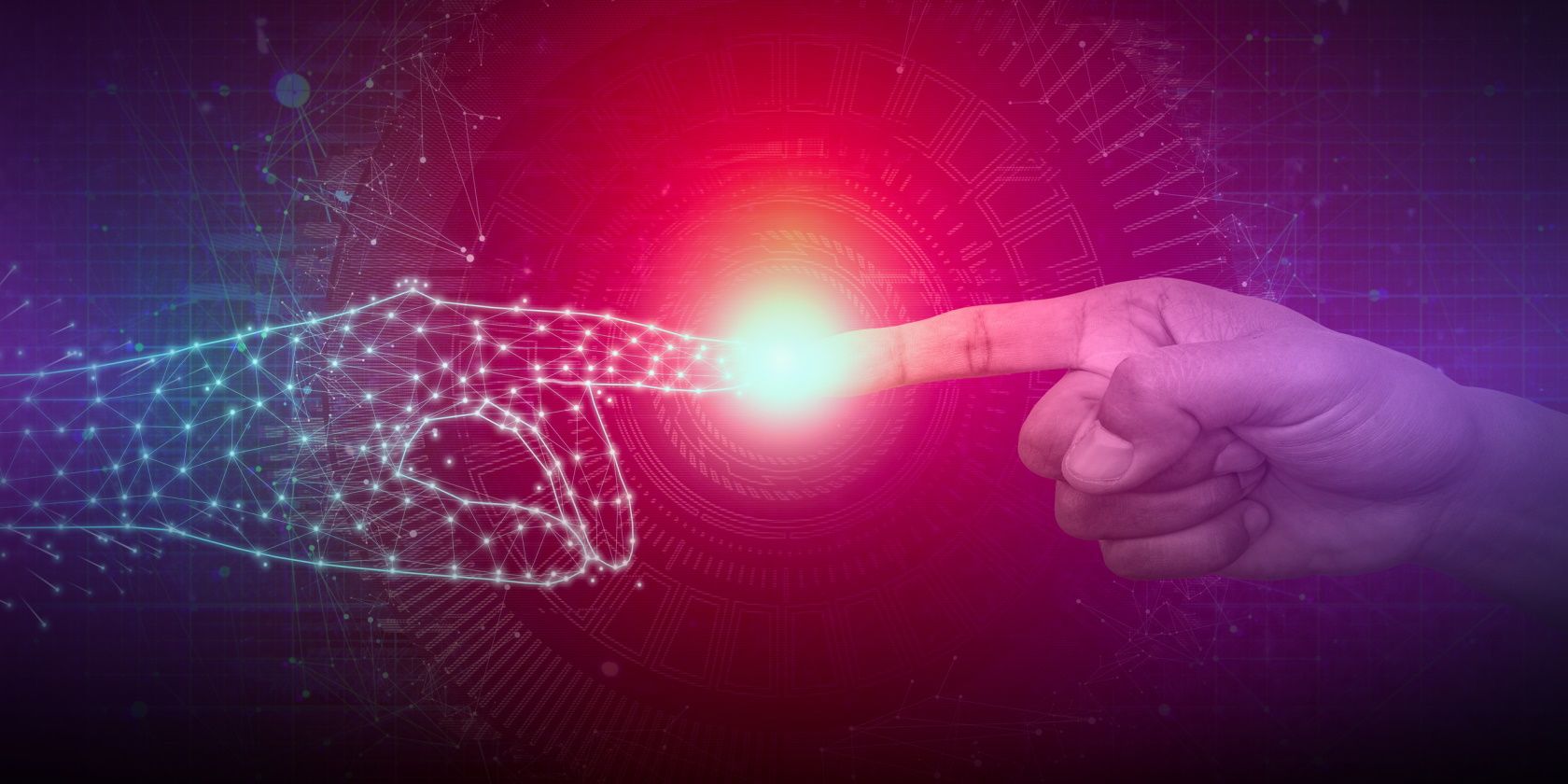A digital twin is a digital version of a process or physical object. It can be a digital replica of a jet engine, a car, a building, or even a city. Digital twins replicate processes to collect data to predict how the real systems will perform. Through digital twins, you can plan and execute a complex set of activities in a virtual world before launching them to the real world.
Let’s take a look at how digital twins work.
How Are Digital Twins Designed?
A digital twin is designed by gathering data and creating computational models to test it.
Data Collection
To create a virtual model, a digital twin requires data about an object or process. This data could be about the life cycle of a product. The data could include design specifications, product information, or production processes. It could also be related to information such as real-time feedback, historical analysis, and maintenance records.
Modeling
Once data has been gathered, it’s used to create computational analytical models. These models can prescribe actions based on engineering simulations and artificial intelligence algorithms. The models can be displayed via 3D representations and augmented reality (AR) techniques to show you all the findings visually. All this can help you gain a better understanding of the physical object or process.
How Do Digital Twins Work?
A digital twin can be as complex or as simple as you require it to be. The amount of data that you use determines how the model represents the real-world physical version.
There are three different types of digital twin:
Digital Twin Prototype (DTP)
The DTP is a digital twin implemented before a physical product is created. It consists of the designs, analyses, and processes required to create the physical version of a product.
Digital Twin Instance (DTI)
The DTI is the digital twin designed for a product that’s already manufactured. It stays linked to the physical object throughout its life cycle to run tests on different use cases.
Digital Twin Aggregate (DTA)
The DTA is the aggregation of many DTIs. It helps gather the information that helps determine the capabilities of a physical product under various conditions.
Digital Twins and the IoT
The digital twin concept is not new, but the proliferation of the Internet of Things (IoT) has made it more popular. The IoT describes a network of digital devices that are connected and exchanging data using the internet.
With advanced data analytics capabilities, digital twins can optimize IoT deployments for maximum efficiency. The ability to manage big data and the emergence of disruptive technologies will continue pushing the adoption of digital twins.
Why Are Digital Twins Important?
Businesses are under mounting pressure to overcome the challenges in today’s ever-changing market landscapes. By introducing digital twins, you can gain valuable insights by exploring the relationship between interrelated data sets of the physical and digital systems.
In addition to this, digital twins can provide you with several benefits such as:
- Optimizing manufacturing processes while reducing the risk of accidents and unplanned downtime.
- Enhancing efficiency to reduce product quality issues.
- Using predictive maintenance to sustain equipment and facilities.
- Testing and validating assumptions.
- Troubleshooting equipment remotely.
- Improving productivity and creating more efficient supply chains.
- Training employees to handle equipment that isn’t physically close.
- Improving customer experience and helping you gain better insights on product performance.
- Eliminating the need for multiple prototypes and reducing total development time.
Digital Twin Applications
Digital twins are used in various industries for a wide range of applications.
Construction
By using real-time data, digital twins deliver dynamic models that show the real-life performances of smart cities. This helps deliver resource efficiency, cost savings, and an effective way of introducing sustainable practices to construction.
Digital twins can further offer solutions to the many complex challenges faced by modern cities. For example, digital twins of cities can be used to simulate disaster planning and emergency response during crises.
Manufacturing
In manufacturing, digital twins help enhance operations and reduce maintenance costs. Manufacturers start by creating a virtual representation of an asset and then capture its data to determine its performance. This makes manufacturing more productive and streamlined.
Automotive
Digital twins can create virtual replicas of cars to help analyze and improve vehicle performance. These digital vehicle representations collect behavioral and operational data of their physical counterparts. Such digital twins help in implementing and testing new product models such as electric and hybrid vehicles.
Retail
In the retail sector, digital twins play a crucial role in augmenting customer experiences by creating virtual twins for customers. These digital twins help create tailored experiences for consumers. They can further help with better in-store planning.
Aerospace and Defense
Digital twins are used in the aerospace and defense sectors to enhance performance and improve product designs. The National Aeronautics and Space Administration (NASA) uses digital twins to maintain, operate, and repair aircraft systems located in outer space. The U.S. military uses digital twins to confirm the integrity of the semiconductors and chips used in its ammunition.
Healthcare
Medical doctors can safely perform medical procedures in a simulated environment using digital twins of an organ or a patient. Healthcare professionals can also use digital twins to conduct virtual clinical trials before launching new vaccines or drugs.
Digital twins can further be a powerful tool for predictive medicine. This can help assess a patient’s risk based on data about patients with similar profiles.
Digital Twins of the Future
Digital twins are already helping organizations reach greater heights. They help deliver tailored solutions that cater to modern customers’ changing preferences. While they provide a multitude of benefits, digital twins can be improved further.
For example, the capabilities of a digital twin model can be improved by using cognitive computing. This can improve the testing of a digital twin to determine the product tests that should be run more frequently. Technologies like Natural Language Processing (NLP), acoustic analytics, and machine learning will also play a vital role in improving digital twins’ future.
Bridging the Digital and Physical Worlds With Digital Twins
Digital twins are showing significant transformation in various industries. When you implement them to test a product or process, they can save you both time and money.
Digital twins will continue to deliver insights that can help organizations unlock their hidden values. In the future, more companies will learn of digital twin capabilities and will want to deploy them to gain a competitive advantage.
About The Author

